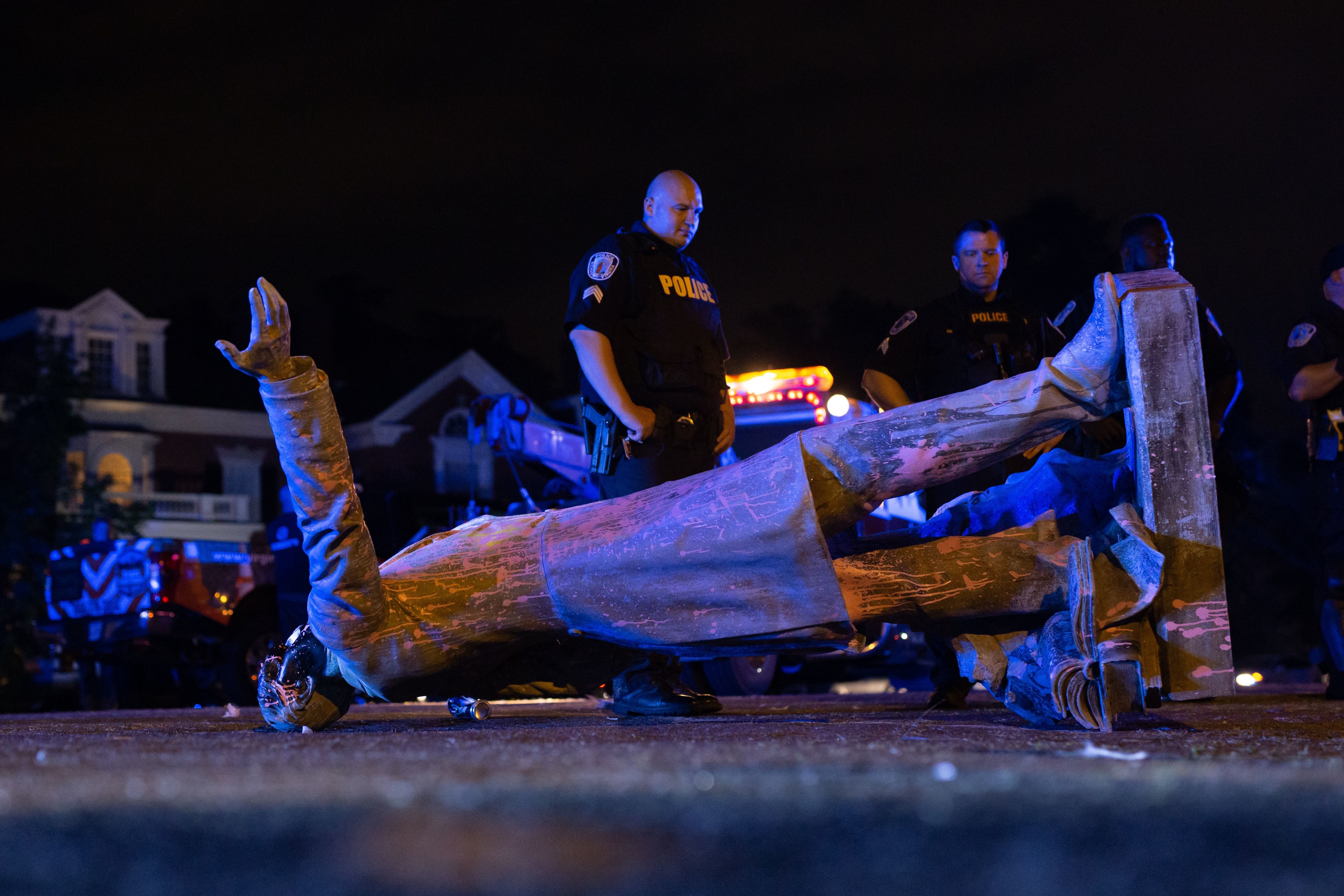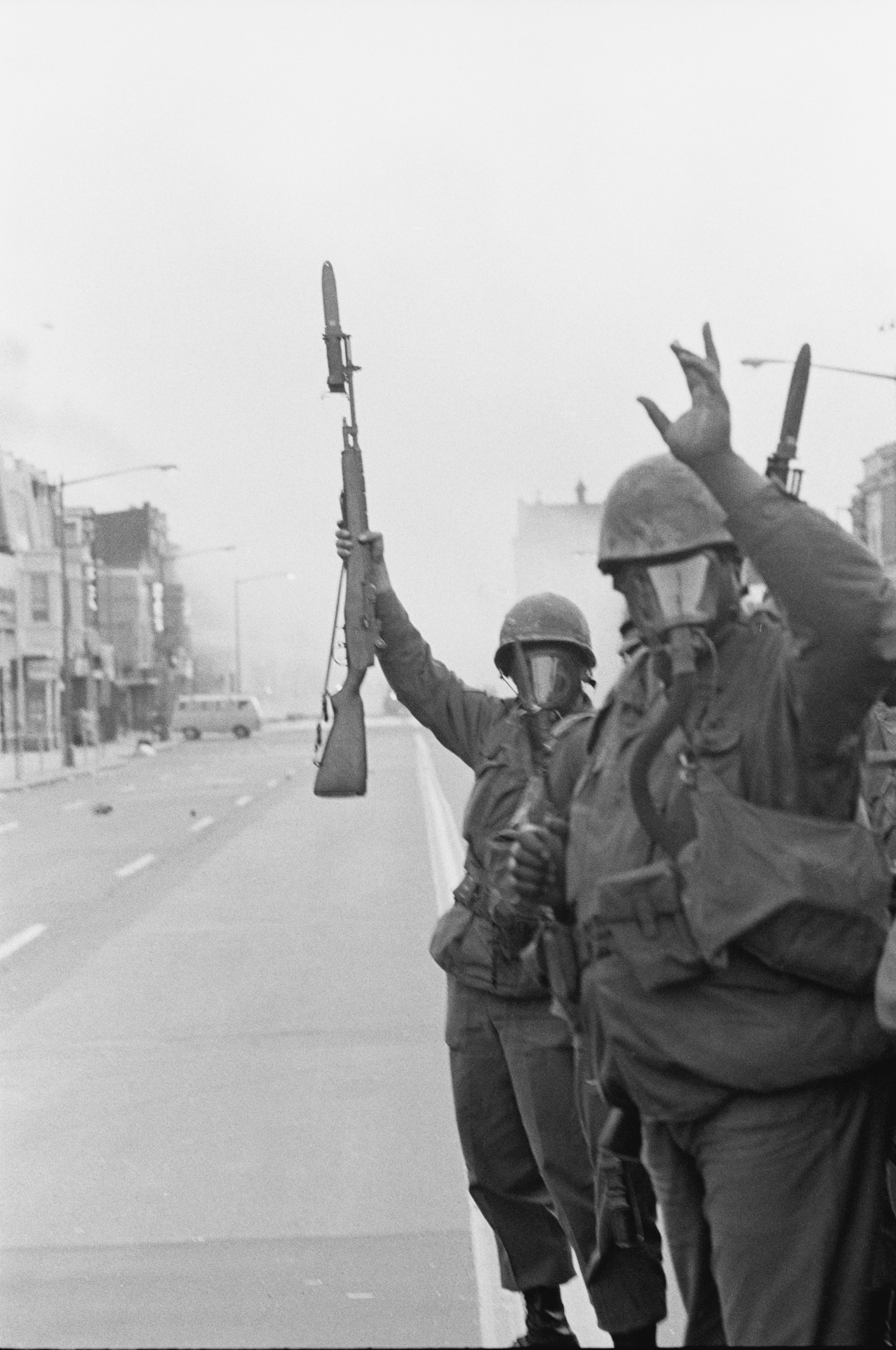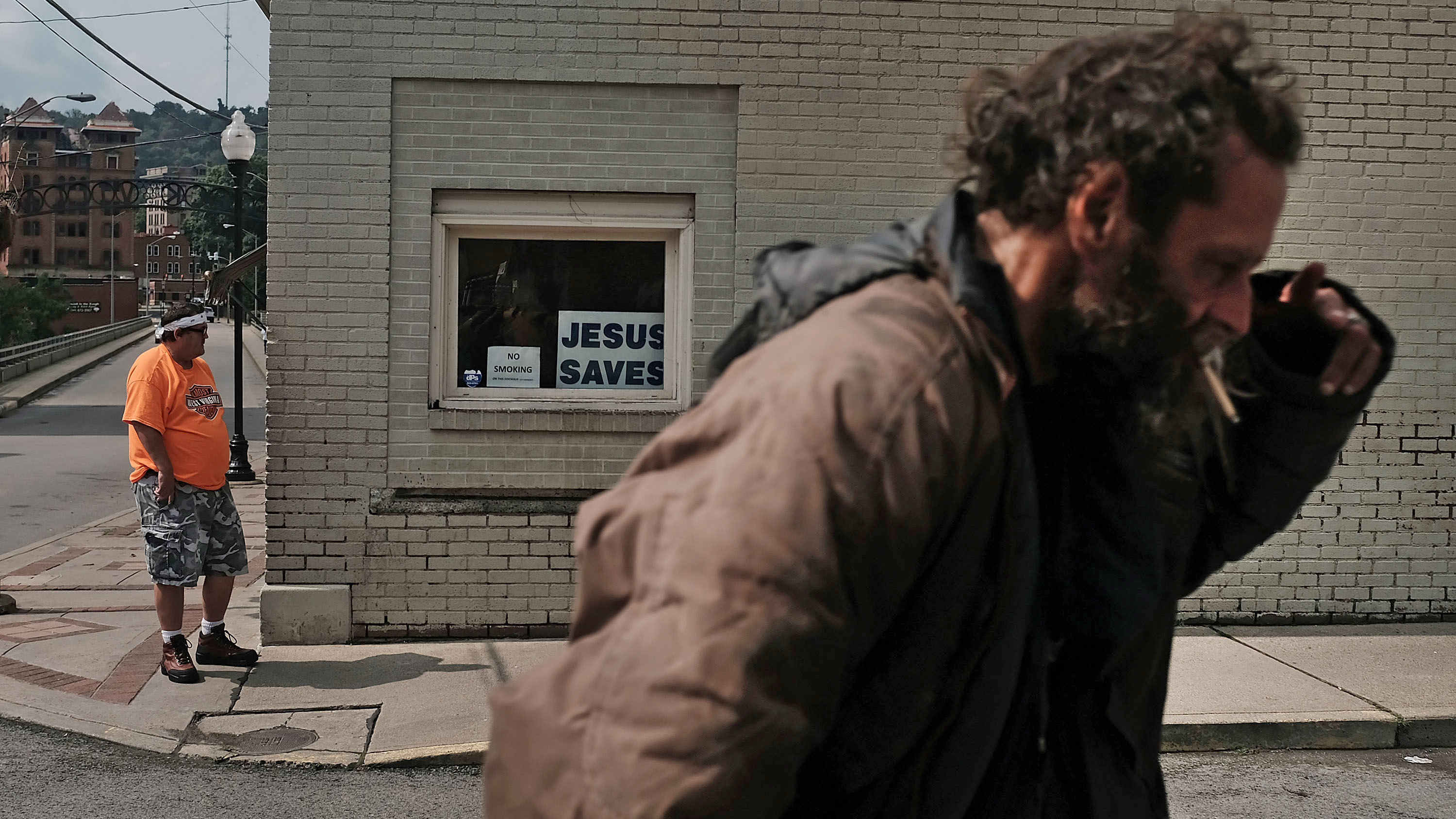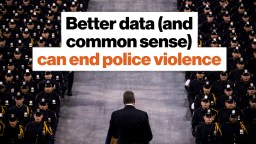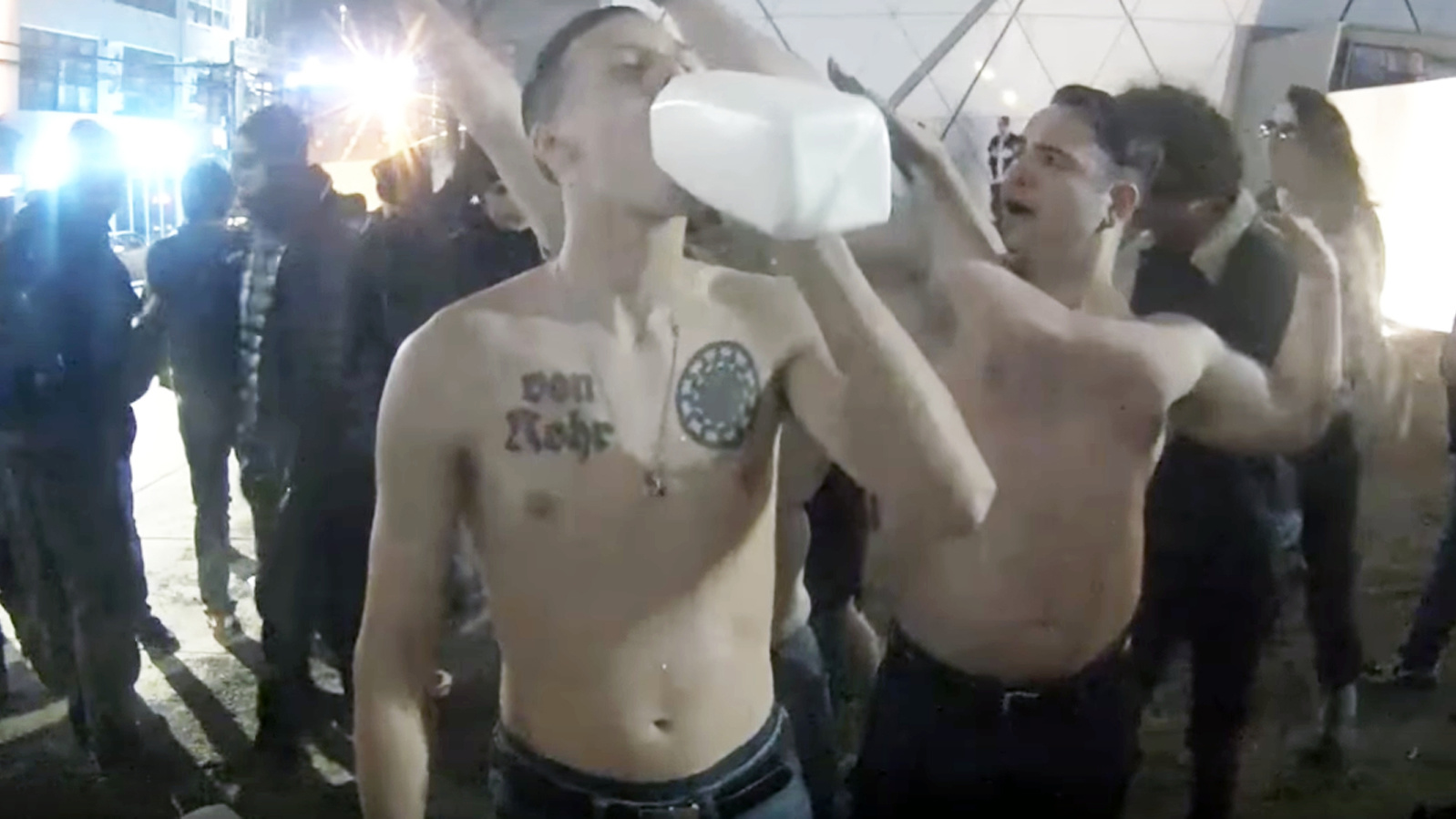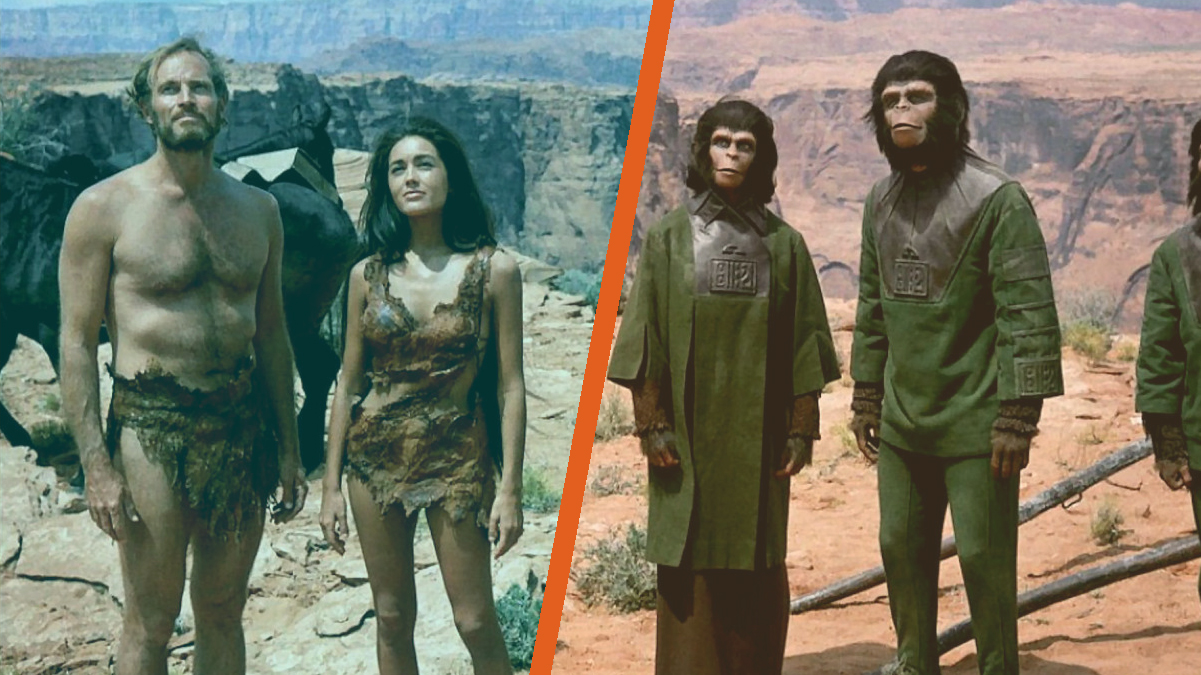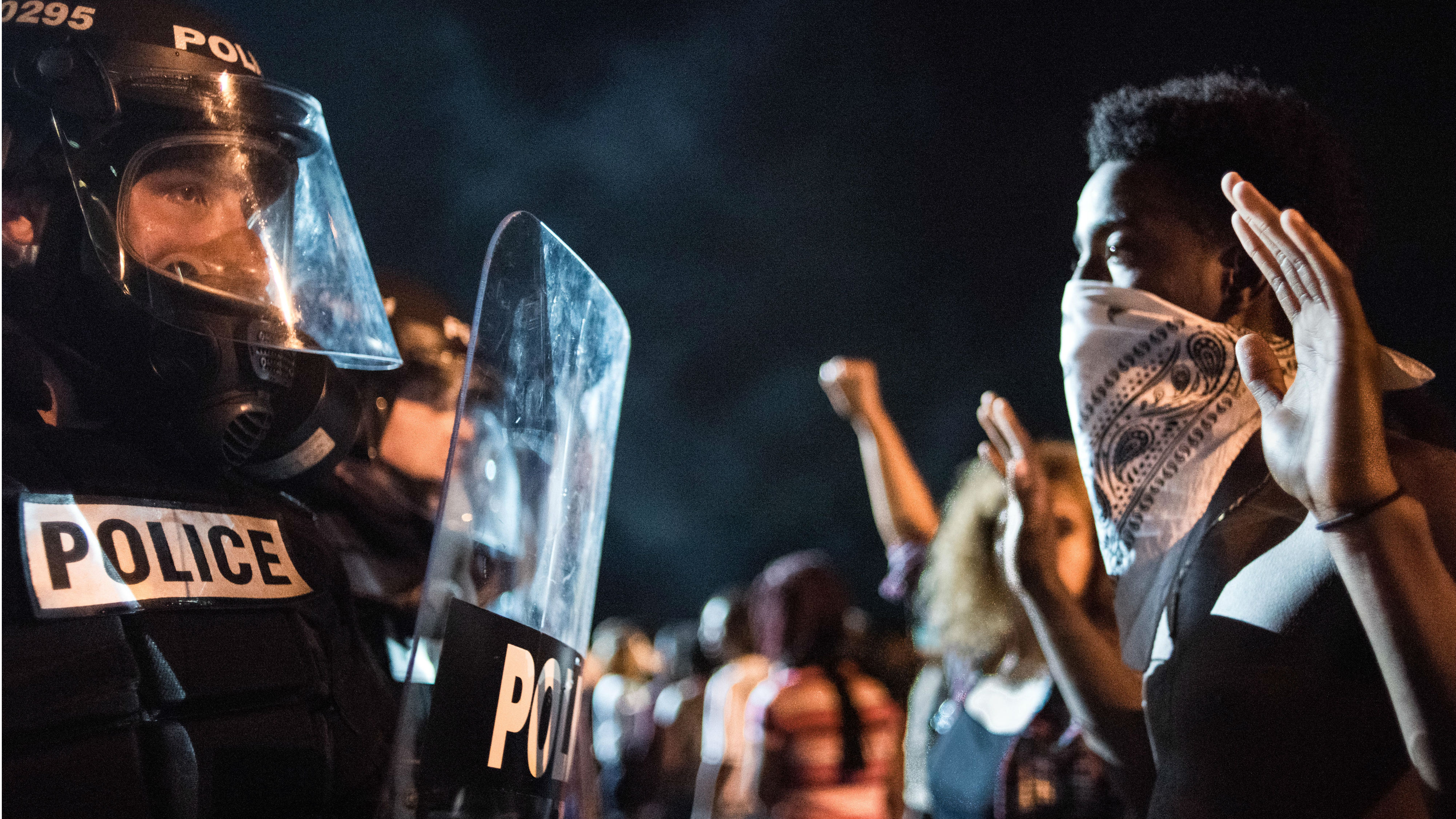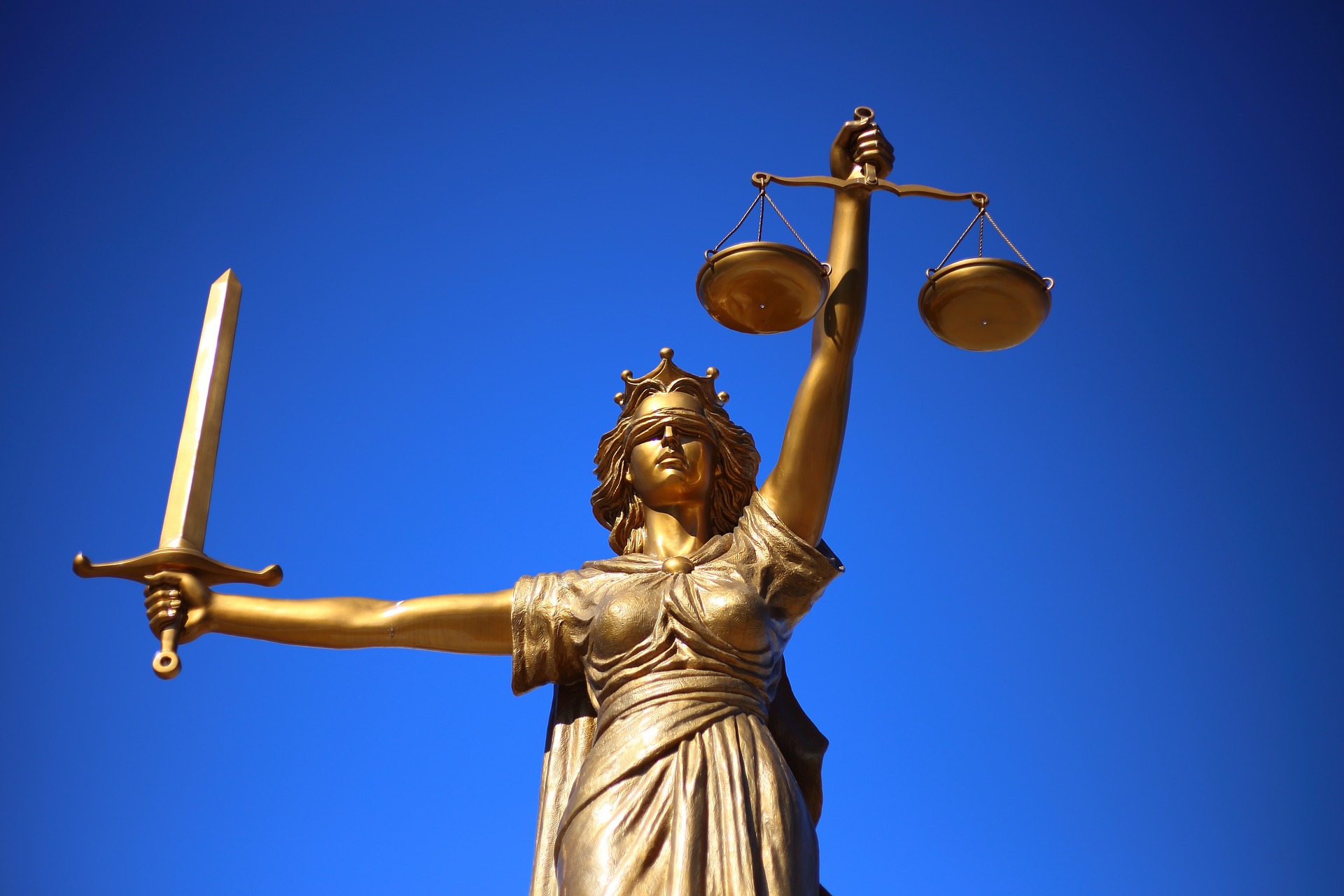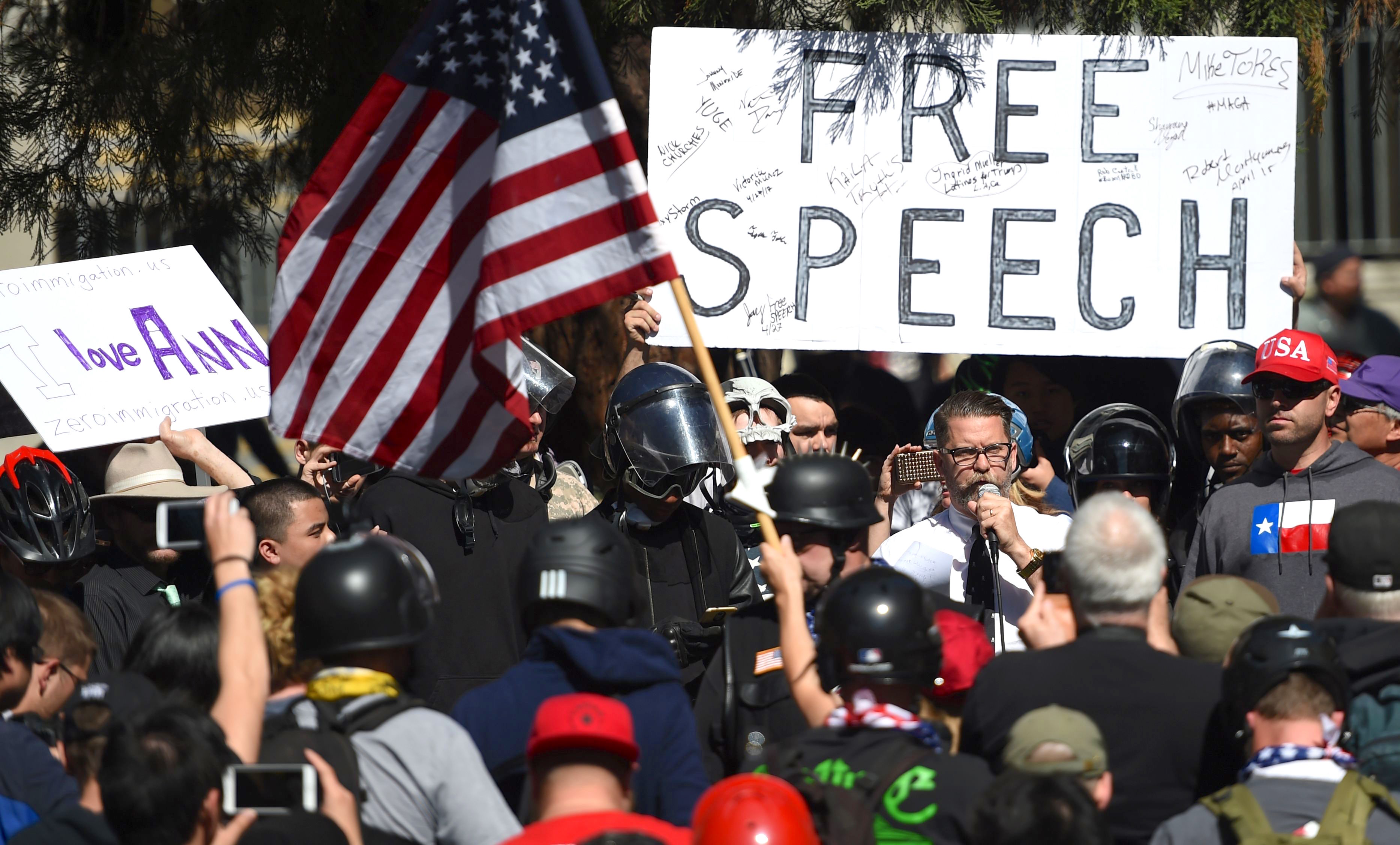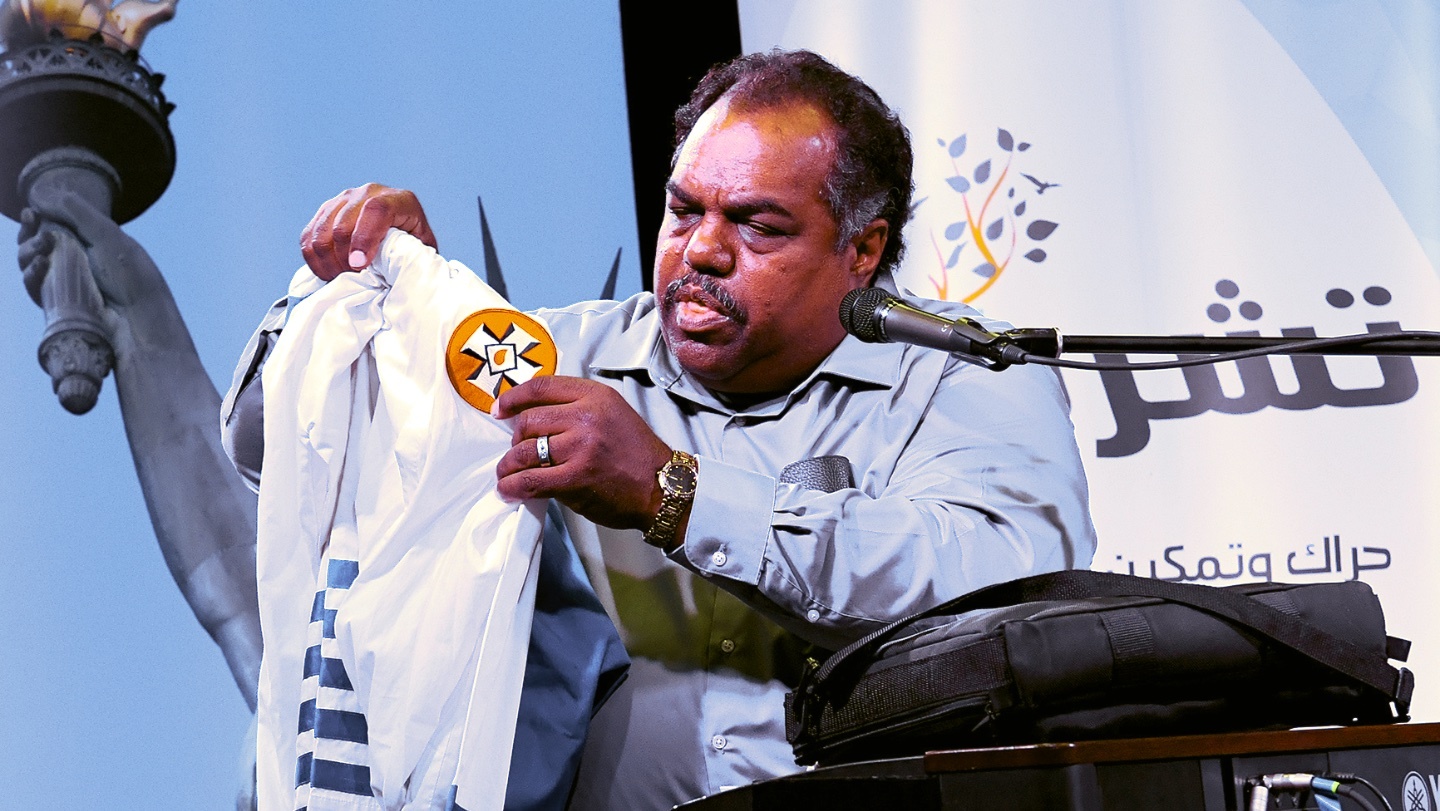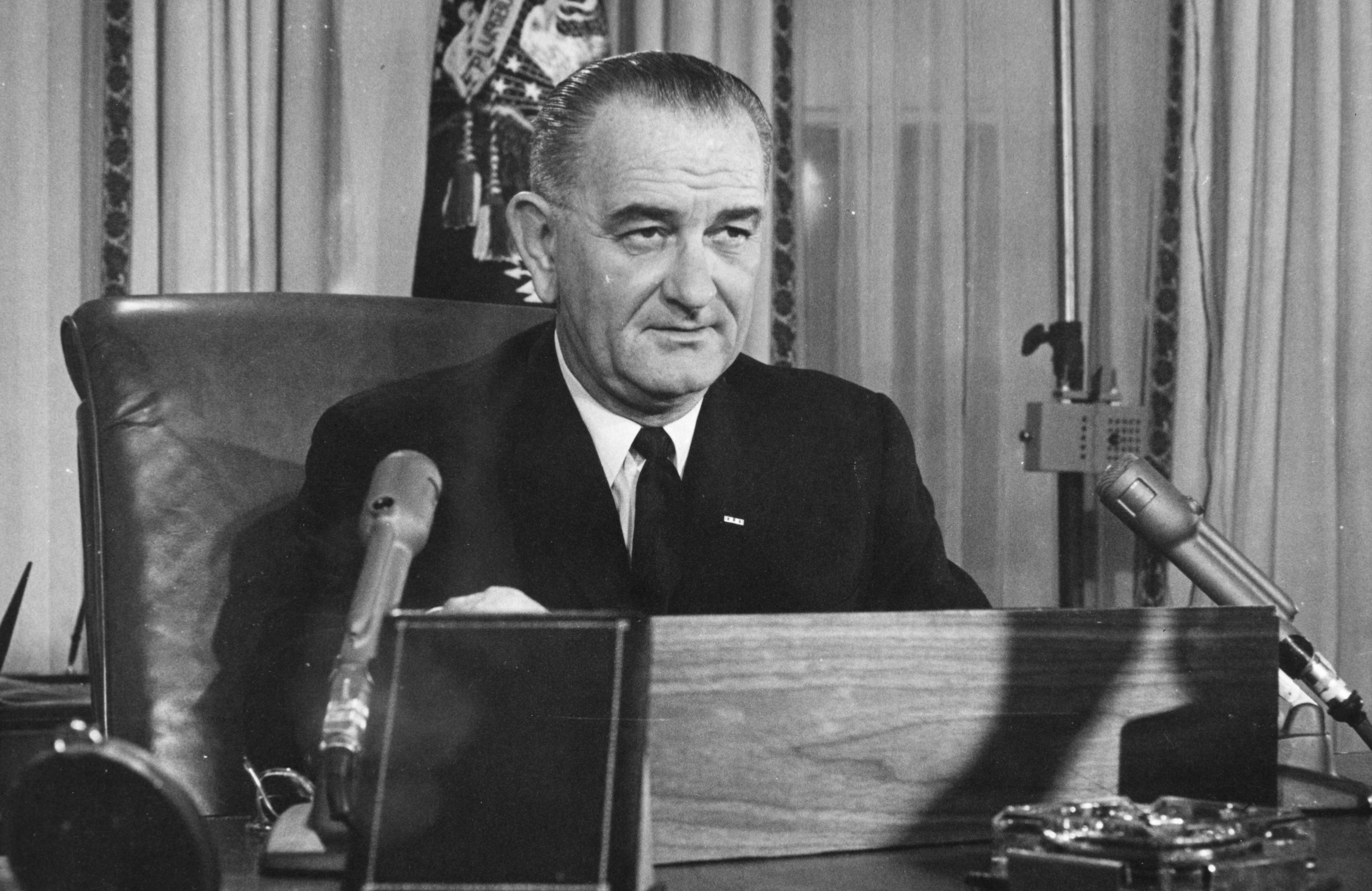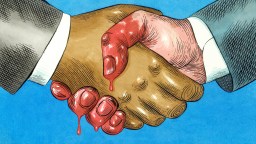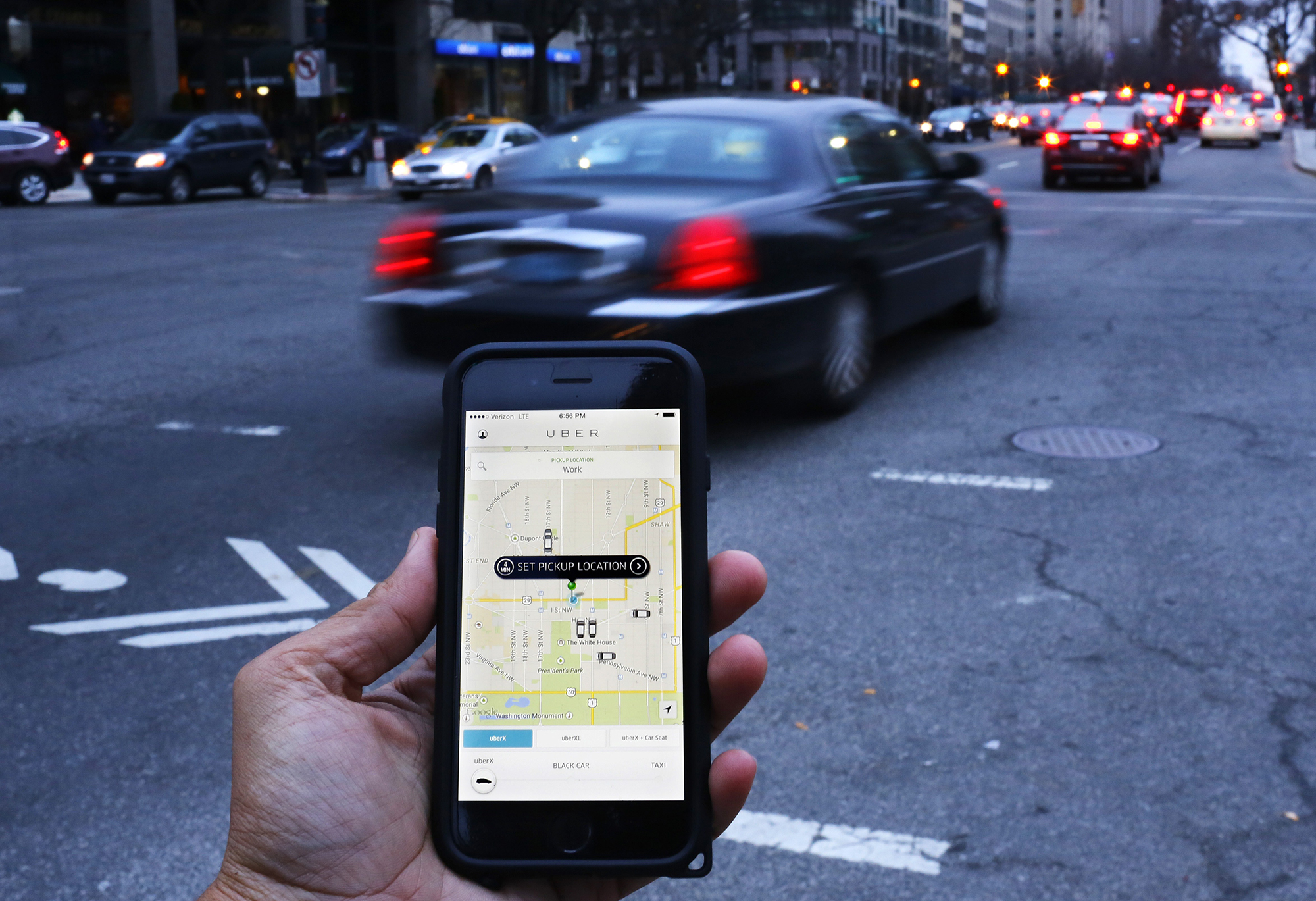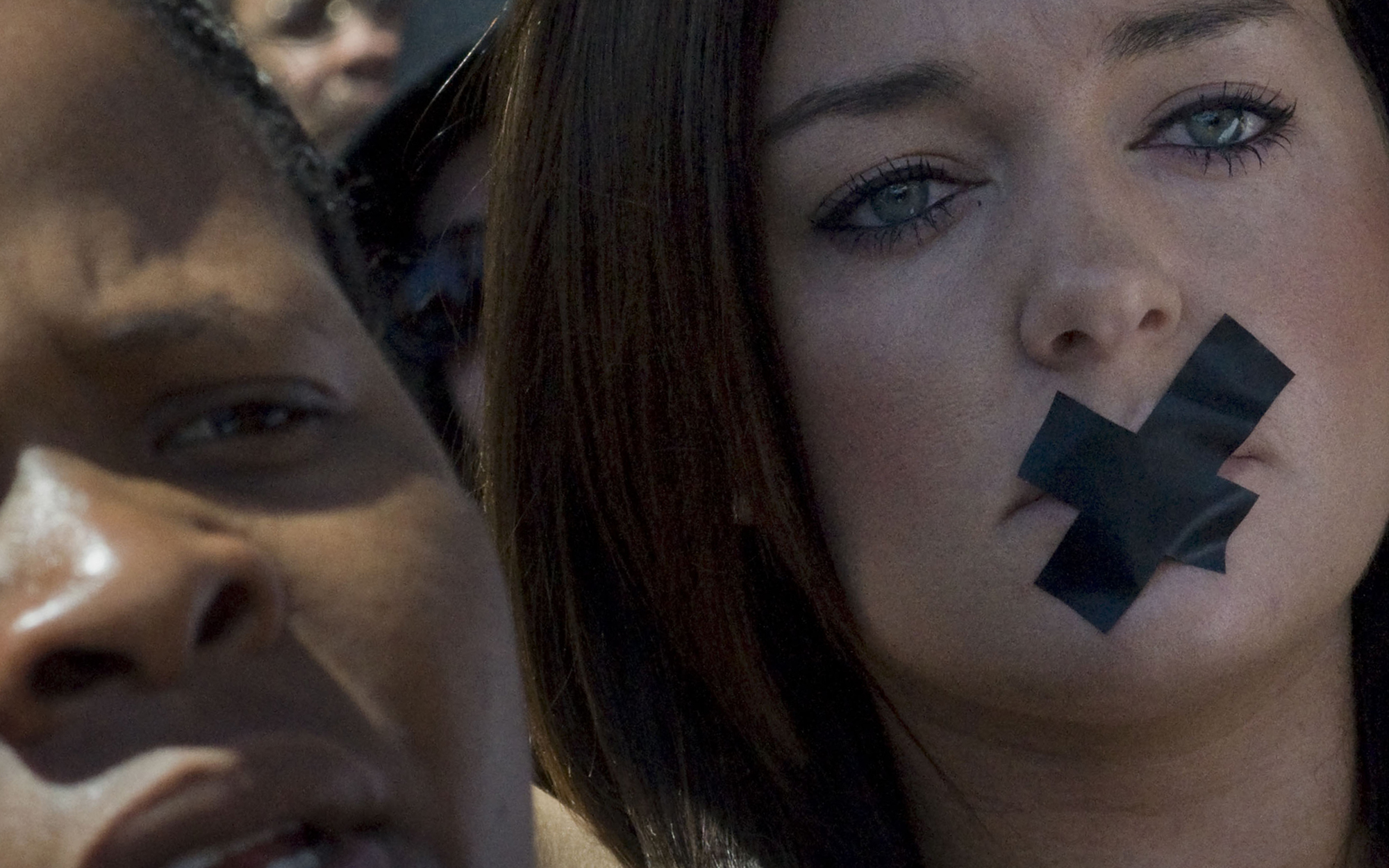Racism
Nazi supporters held huge rallies and summer camps for kids throughout the United States in the 1930s.
A new study from Ohio State University details implicit bias.
Monuments are under attack in America. How far should we go in re-examining our history?
Numerous U.S. Presidents invoked the Insurrection Act to to quell race and labor riots.
The current focus on the Chinese and Jews is nothing new.
Psychologists looked at how liberals and conservatives react after learning about “white privilege”.
How activism has led to better data regarding police brutality.
▸
8 min
—
with
American geneticists take a stand against the misuse of their science by racists.
Meritocracy doesn’t work when some people benefit from the system disproportionately.
▸
6 min
—
with
What would it be like to live in the body of someone else? With VR, now you can actually find out.
▸
4 min
—
with
Evolution has trained your mind to create in-groups and out-groups in a flash—but the lines are more flexible than you think.
Twenty years ago, it would have been a difficult proposition to ask the University of Mississippi to take down all the confederate flags on campus. But an angry chancellor, a powerful football coach, and a former alumni highly skilled at public relations all played their part to rid the campus of its turbulent historical reminders.
▸
5 min
—
with
Imagine a world in which all the babies born each day were randomly redistributed among the biological parents. The infant assigned to any given set of parents could be white, […]
Hitler is commonly thought to have been an atheist, a claim that’s often used in debates about the perils of atheistic belief on a mass scale. But was he?
Does a good deed “pay off” a bad deed? A lot of people view their actions this way, says Scotty Hendricks.
Racism is the acting out of biases learned as early as preschool, research shows. If racism starts at three years old, so should science-backed strategies to reduce it.
▸
10 min
—
with
We tell Google things we wouldn’t tell our loved ones, or even our own doctors.
▸
6 min
—
with
Hitler appeared to have been highly sensitive to disgust, and research shows this trait is linked to numerous dimensions of ideology.
A new study questions why some people support “free speech”.
No offense, says Slavoj Žižek, but maybe we need to incorporate some “gently racist” icebreakers into our conversations.
▸
10 min
—
with
Daryl Davis has made a point of meeting Ku Klux Klan members and 200 members have quit the racist organization after getting to know him.
Times of great fear can lead to greater oppression. For Amani Al-Khatahtbeh, the prospect of a Muslim registry is obscene, and it’s slippery slope to something much worse.
▸
7 min
—
with
As the US prepares for a change in power, Professor Sanford Levinson says dialogue that was formerly bound to people’s inner monologue has been “liberated” into the public space.
Journalist Jelani Cobb considers the impact of Obama’s presidency on race in America. Did he make good on the promise of change that got him elected?
▸
6 min
—
with
A recent study has found “significant evidence of racial discrimination” in ride-hailing services Uber and Lyft. If you’re black, you may be more likely to find your ride canceled or be subjected to longer wait times.
Can you legislate for good human behavior, or does proposing laws to imprison those who use racial slurs distract from actual progress?
Turns out no one is immune to being prejudiced. New research suggests that people of higher and lower cognitive ability are equally inclined, but direct their prejudice towards different social groups.


